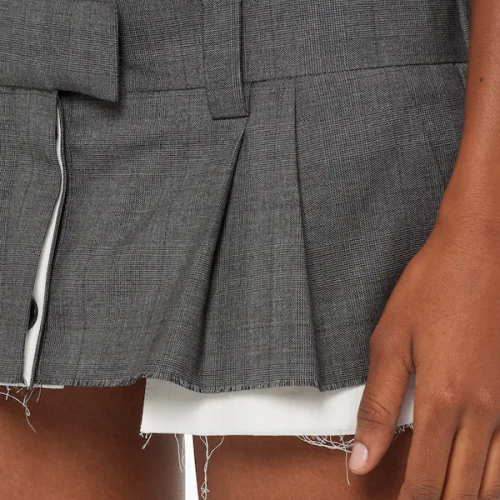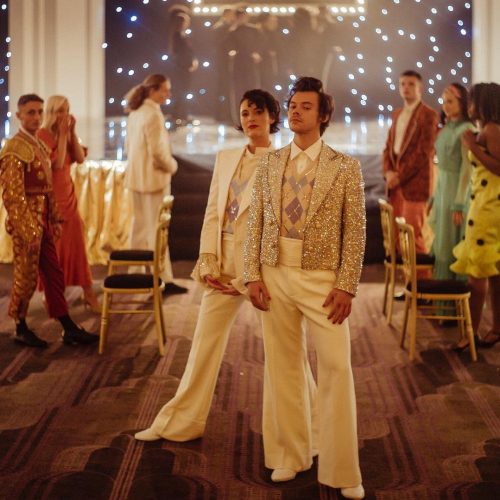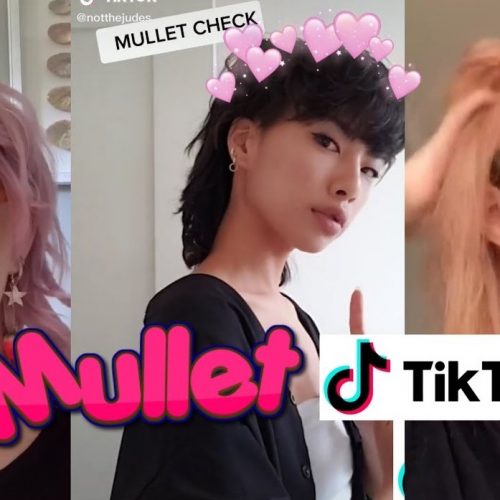When Gucci sent their knitted balaclavas down the runway, as part of their Fall/Winter 18 collection, there was no major outcry. But things took a sharp turn earlier this month when Twitter users took note of a black version with red lips cut out on the brand’s website.
Anyone who’s familiar with the internet can predict what happened next. It’s a pattern we’ve all become all too accustomed to: a racist product is put on the market, followed by a social media storm denouncing the brand, followed by a vaguely apologetic statement from the company in question, and then the merchandise in question eventually being pulled from stock.
In the last year alone we’ve seen this happen with H&M, Prada, and most recently Burberry. In all cases, the loud outcries decelerated after a few days upon the release of an apology, but not before the culprit is unanimously deemed ‘cancelled’.
But when it came to Gucci’s latest mishap, the company took a different approach by creating a new role entirely dedicated to diversity and inclusion. Although Dapper Dan’s involvement was key, credit is also due to the Italian fashion house for taking full accountability. The company then also announced plans to open scholarship programs across the world—including Dubai and Beirut.
Burberry and Prada followed suit, with the latter appointing film director Ava DuVernay and artist Theaster Gates as co-chairs of the company’s newly founded ‘Diversity and Inclusion Advisory Council’. H&M also did the same last January by hiring a ‘Global Leader for Diversity and Inclusiveness’.
The proactive move towards diversity is undoubtedly worthy of applaud, and the number of offenders this year alone goes to show that the fashion industry was in dire need of a diversity overhaul. But despite efforts to reconcile their fumbles, brands are still struggling to reclaim their standing within society.
In the age of #METOO, cancel culture is still thriving, and in most cases, has been quite necessary. But whilst deeming a sex offender ‘cancelled’ holds its weight, the question surrounding cancel culture’s effectiveness within the fashion industry still remains. In the aftermath of the H&M fiasco, many people of colour are still shopping there.
One would be remiss not to acknowledge that social media users holding companies accountable have proven to be an effective method to diversify the industry. Calling out a product for its racist connotations is absolutely necessary, and it’s this action in particular that has led to a surge in people of colour holding high-level positions within the fashion industry. As of today, they’re mostly pigeonholed in roles specifically designed to prevent racist fumbles, which (in good faith) will only be needed temporarily.
But with the industry’s newly appointed diversity representatives having only just taken on their new positions, it’ll likely be some time before we begin to see any real changes, which begs the question: if we cancel brands before we take time see the results of the changes they’ve promised to make, will we counter-intuitively miss the opportunity to find out if they can actually succeed?









